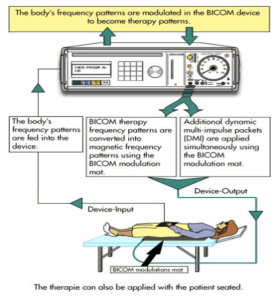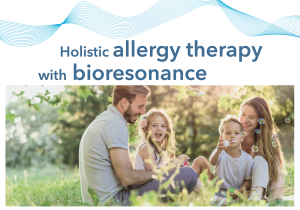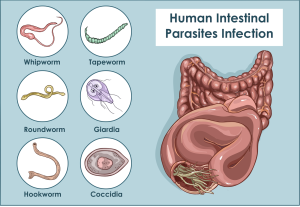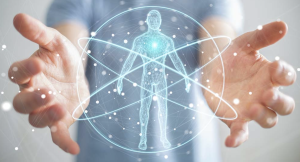Blog 8. Addressing Tinnitus through Bioresonance Therapy.
- Objective Tinnitus: A rare occurrence where the doctor can also hear the sounds using specialized equipment. It is linked to vascular irregularities or muscle contractions, typically tied to an underlying medical condition.
- Neurological Tinnitus: Caused by disorders affecting the neurological system, like Meniere’s disease, this type of tinnitus is accompanied by vertigo, dizziness, and balance problems.
- Somatic Tinnitus: This form is linked to the sensory system and usually affects one ear.











